Halo: Reach
For the stars.
"Bungie's greatest game ever and truly, in our minds, the defining Halo title from Bungie." Brian Jarrard, community lead at the Seattle developer, isn't mincing his words when it comes to this year's Halo: Reach. Neither is Marcus Lehto, art director on the previous games and creative director of this fifth sci-fi shooter in the Halo universe the studio created, which it firmly states will be its last. Lehto says it's a "darker story of honour and sacrifice on a scale greater than anything we've created before."
Protesting too much? From what we've already heard about Reach, and what little we see when the two men present it to the press at X10 - lots of moody concept art, some captured campaign footage and a live demo of a multiplayer map - there's no reason to think they don't mean it. You only need to see one of its huge vistas, topped by an astonishing, tempestuous skybox straight out of Turner painting, to know that this game has epic sweep written into every line of its code. Reach means business.
Then again, it's not stretching credulity to suggest that Bungie, Microsoft and Halo fans all had different aspirations for last year's Halo 3: ODST - and that led to mixed messages, friction and a little disappointment. It was a fine game, a modest and playful spin-off, but given the three thundering monsters that came before it could only ever be an anti-climax. Jarrard and Lehto are at pains to make sure we're all on the same page this time. And that page is page one.
Reach is a prequel, taking place just before the events of the first game in the series, 2001's Xbox launch classic Halo: Combat Evolved. It's set on the colony Reach, humanity's greatest stronghold after Earth, which was obliterated - or "glassed", its surface turned to molten glass - by an apocalyptic attack by alien zealots the Covenant. The iconic Master Chief of the original trilogy was trained and augmented as a Spartan super-soldier here, according to the fiction, and escaped just before the planet's destruction... which is where Combat Evolved began.
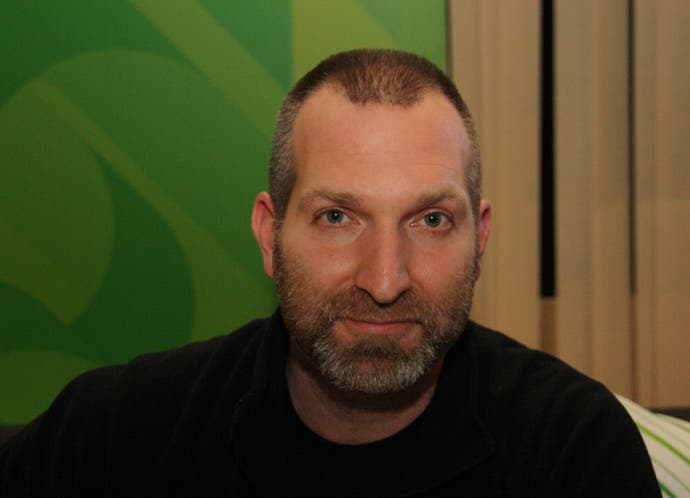
The connection between these two games isn't just a close narrative one, though. It has an element of poetry, bringing Bungie "full circle" as Lehto puts it, and also ending Bungie's last Halo game on a note of total annihilation. Is the developer, which first started talking about leaving Halo behind with Halo 3's launch in 2007, metaphorically burning its bridges on the way out? Lehto smiles at the suggestion. "Well, it's certainly made it encapsulating for us," he says.
More importantly, Reach is harking back to Halo: Combat Evolved in its spirit and its design. It's a deliberate attempt to recreate the free-flowing glories of a game many fans still believe to be the best in the series. Jarrard and Lehto namedrop it constantly, saying they want to "go back to the core of Halo CE", to recover its sense of wonder and exploration and of a world opening up, to recreate its wide-open battlefields and emergent, player-driven spectacle rather than the sequels' tendency to hustle players from one giant set-piece to the next. "Over time, Halo games got a little bit more narrow, a little tighter," Jarrard admits.
Isn't trying to recreate such mercurial near-perfection a dangerous game? After all, lightning seldom strikes twice - and people like new stuff. Lehto chuckles before dismissing the idea that Reach will rubbish the refinements of subsequent Haloes, saying it's more of a spiritual return.
"The irony of that is actually pretty hilarious to me," he says. "I mean, having known that we struggled so hard to get Halo: CE out of the door... and some of what you might think of as perfection was a total accident. As we've gone through and perfected some of the gameplay aspects and design, we've actually made a lot of things way better, from Halo 2, 3 and on into ODST.

"We're taking the best parts of all of those, and then kind of re-visualising some of them to bring back some of the spirit of what we had and what you saw, definitely, in Halo: CE, that is so important to us... Yes, it's definitely those more open, expansive, epic environments that you have a little bit more exploration throughout. You have much more options when it comes to your gameplay experience."
Beyond showing us some inviting expanses of rolling countryside, studded with colonists' homesteads, Bungie isn't offering specifics on what those options are. In fact, it's barely offering specifics at all. We learn that Halo 3's single-use "equipment" items - such as bubble shields - will be replaced with "armour abilities" like sprint or active camouflage that can be picked up and used indefinitely, but that you only have one slot for. Health packs are back. We're introduced to a new gun - the Needle Rifle, a hybrid of the Needler and Carbine that fires those explosive pink darts over longer range and in a less, er, effete manner, ramming them home and detonating them en masse with destructive force.
In fact, all the returning weapons have had an injection of testosterone. The Plasma Pistol's charged bolts hiss and slam and a reinvigorated Assault Rifle barks and roars, while the delay between firing and hitting a target has in many circumstances been reduced to zero. The Battle Rifle's in there, too. Bungie's clearly aware that, as respected (and rightly so) Halo's weapon set is for imagination, utility and balance, it needs to bulk up to match the through-the-gun force and sheer volume of rivals like Modern Warfare and Killzone 2.


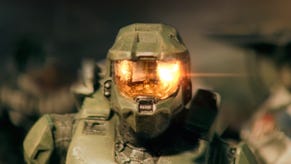
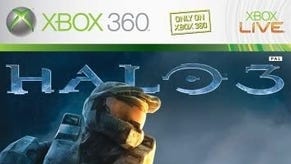
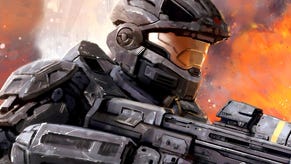
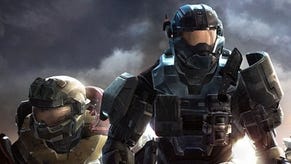

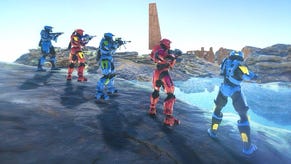


.png?width=291&height=164&fit=crop&quality=80&format=jpg&auto=webp)




.jpg?width=291&height=164&fit=crop&quality=80&format=jpg&auto=webp)
